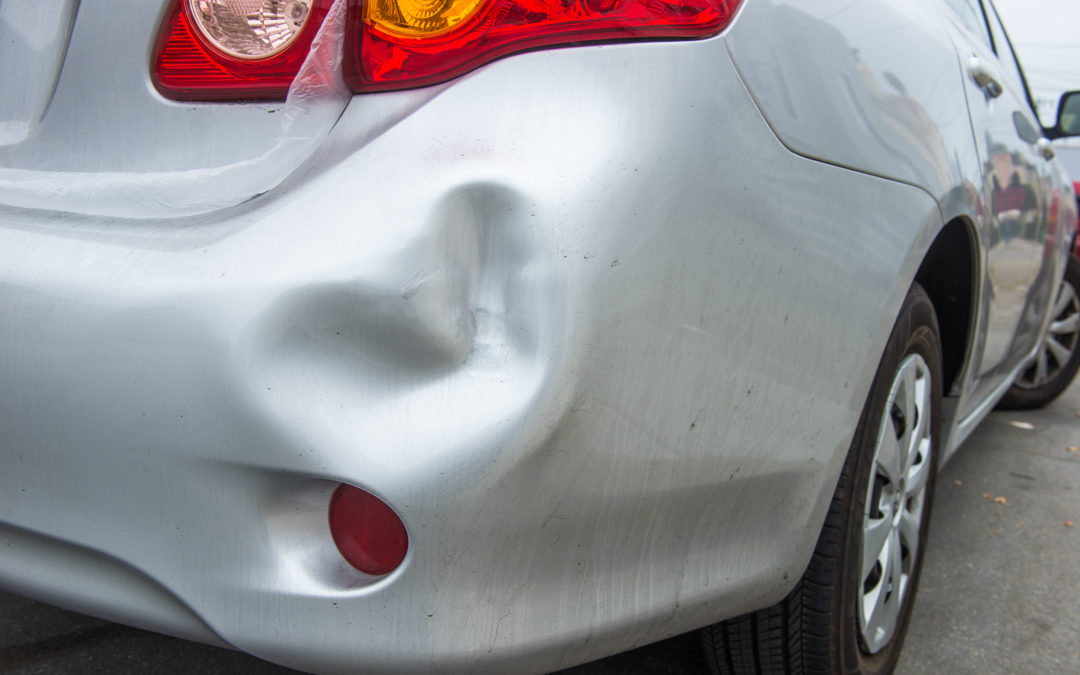All Japanese Cars – $599.00 – Labor and Taxes Included *
Call Us TODAY: (617) 566-4433
* Some models exceptions may apply, offer reflects the use of aftermarket parts only, please check with us on prices using OEM parts.
Fortunately, most of us have never been in a truly devastating car accident. Fender benders, on the other hand, happen quite often. Have you ever wondered where the term ‘fender bender’ comes from?
In an accident, no matter how minor, the fender, which is often used synonymously with bumper, is the most commonly damaged auto part. Fenders and bumpers are also specifically designed to protect the more critical parts of a car. Because of this, the term ‘fender bender’ is used to refer to minor auto accidents, whether or not they actually affect the fender or bumper.
Why the Bumper?
The front and rear bumpers are attached to the front and rear of a vehicle, respectively. The purpose of a bumper is to absorb the damage caused by a collision, especially in small or low-speed crashes. They’re not meant to protect the passengers, but they do protect important parts of the vehicle like the engine, headlights, taillights, etc.
Bumpers are designed to be easier to replace and less critical to the functioning of the vehicle than the parts they protect. That’s why they’re generally the first point of contact in a crash, which leaves them vulnerable to the most damage.
Why the Fender?
Although they’re often used interchangeably, and they do work together, the fender and the bumper are not the same thing. A fender frames the outside of the wheel, and is often connected to the bumper, which is why the words are often used interchangeably.
Fenders serve the same purpose as bumpers: to protect the vehicle. However, while bumpers protect parts like the engine and lights, the fender protects the wheel. On modern vehicles, it’s usually more difficult to tell the difference between the fender and the bumper.
Fender Bender Repairs
Usually, both the fender and the bumper are damaged in one of four ways: they’re dented, scratched, cracked, or broken.
Minor scratches can usually be buffed out, and deeper scratches can be covered. Dents can be pushed out or pulled out with a vacuum. Cracks will need to be filled in, unless they’re particularly wide, in which case they need to be reinforced in order to maintain the protection the part needs to provide. Breaks may be able to be reinforced and repaired like a crack, but they may not be repairable. Sometimes, the part needs to be replaced.
Any bumper and fender repair will need to be repainted to match the vehicle, which can sometimes be the most challenging part of the repair!



